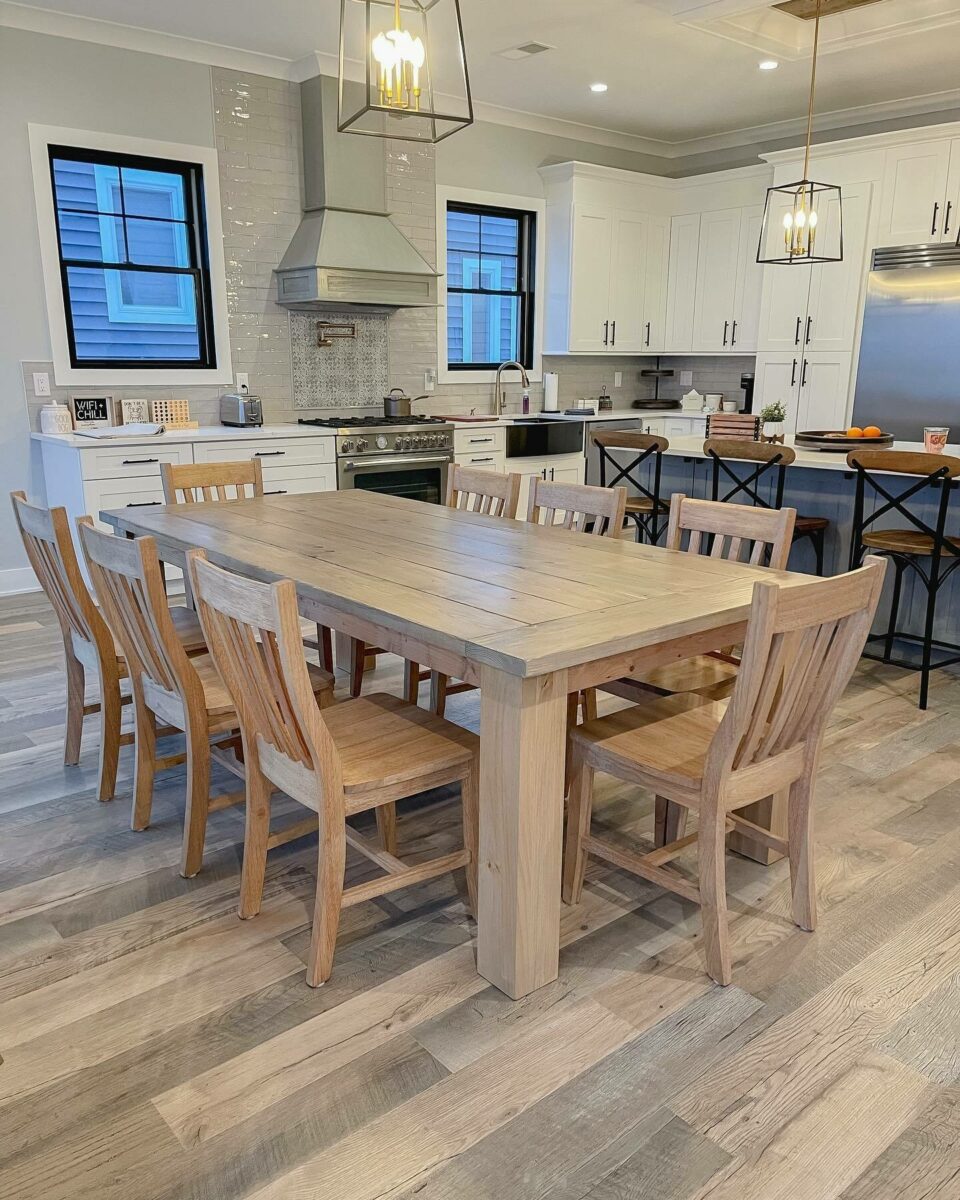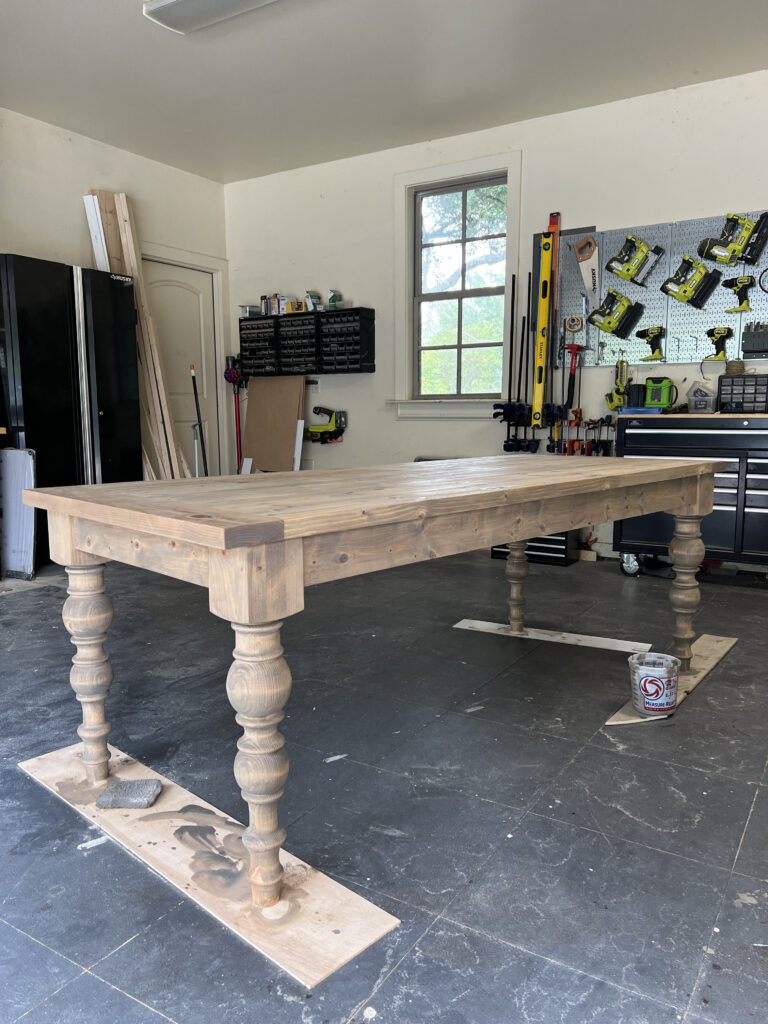Exploring the Various Kinds Of Table Legs Wood for Your Dining Room
The option of table legs timber can profoundly influence both the functional and visual top qualities of your eating room. Solid wood alternatives, such as oak and walnut, give a traditional appearance with unparalleled toughness, while engineered wood options use ingenious layouts that imitate the richness of natural grains. In addition, the growing trend of redeemed wood introduces a sustainable aspect that attract ecologically aware consumers. As we check out these numerous alternatives, it becomes important to think about not just the visual charm but likewise the sensible implications of each product choice. What factors should direct your choice?
Strong Timber Options

Unlike engineered materials, solid timber is less susceptible to bending and damages over time when effectively preserved. Each piece of solid wood is distinct, showcasing specific characteristics that include to the charm and personality of the dining table.
Furthermore, solid wood can be finished in many means, ranging from all-natural oils to stained coatings, enabling home owners to individualize their furnishings to match their decoration. In recap, selecting strong wood for dining table legs not only guarantees structural integrity yet also enhances the visual allure of the dining area, making it a beneficial investment for any kind of home.
Engineered Timber Alternatives

Plywood, built from numerous layers of timber veneer, is particularly strong and secure, making it an outstanding selection for eating table legs. Its layered make-up allows it to withstand changes in humidity and temperature better than typical strong wood. MDF, on the various other hand, uses a smooth surface area for paint or veneering, making it possible for designers to achieve a polished appearance while maintaining structural honesty.
When selecting crafted timber choices, it is important to think about the designated usage and preferred visual. These materials not only boost the capability of dining spaces however additionally enable for higher style flexibility, guaranteeing that contemporary and standard designs can exist side-by-side harmoniously.
Reclaimed Timber Includes
Reclaimed wood supplies an unique blend of sustainability and personality, making it an increasingly prominent choice for eating table legs. Sourced from old barns, factories, and other structures, redeemed wood personifies a history that brand-new products simply can not replicate. Each piece lugs its very own story, noted by distinct flaws, knots, and differing grain patterns, which add to a table's distinct visual charm.
Along with its visual beauty, redeemed wood is an environmentally pleasant choice. By repurposing previously used products, i was reading this it decreases the need for brand-new lumber, thus assisting to minimize and preserve forests waste. This lines up with an expanding customer preference for lasting practices in furnishings.
Furthermore, reclaimed wood is frequently more durable than newly collected timber as a result of its age. The all-natural drying out process that reclaimed wood goes through cause a denser and more powerful product, making it much less vulnerable to warping and splitting. This improves the durability of dining tables, enabling them to endure the roughness of everyday use.
Softwood vs. Hardwood
When selecting eating table legs, comprehending the differences in between softwood and hardwood is crucial for attaining both aesthetic and practical goals. They typically exhibit a more rustic appearance, making them suitable for country-style or laid-back dining areas.
On the various other hand, woods, sourced from deciduous trees like oak, cherry, and maple, are renowned for their thickness, toughness, and toughness. The complex grain patterns and abundant colors of woods give a classic and sophisticated appeal, making them suitable for formal dining settings. While hardwoods often tend to be much more costly and larger, their durability against wear and tear commonly warrants the investment.
Ultimately, the selection in between softwood and hardwood for eating table legs should align with your design vision, usage requirements, and budget plan, guaranteeing that your dining area shows your personal style while staying practical in time.

Finishes and Therapies
The aesthetic allure and durability of table legs can be dramatically boosted through different coatings and therapies. These processes not just protect the timber from damage yet also boost its look, permitting it to enhance diverse hop over to here interior styles.
One common therapy is tarnishing, which permeates the wood and enhances its all-natural grain while adding shade. Stains give a rich, classy appearance, allowing house owners to match their furnishings with existing decor. Conversely, clear coatings such as polyurethane or varnish create a safety layer without altering the wood's initial hue, making certain sturdiness against deterioration.
Furthermore, all-natural oils, like tung or linseed oil, nourish the wood and provide a subtle luster, all while being green. These oils permit the surface area to take a breath, protecting against wetness buildup and potential bending.
For those seeking a rustic charm, distressed or weathered surfaces can be applied to produce an aged look, including personality to the item. Inevitably, the choice of finishes and treatments depends on individual choice, preferred visual appeals, and the particular wood kind, making it vital to think about these aspects when choosing dining table legs for your space.
Final Thought
Solid timbers, engineered options, and redeemed choices each offer unique benefits, providing to different choices and demands. Inevitably, the option of wood type must line up with desired design, resilience, and ecological factors to consider, boosting the general dining experience.
The choice of eating table legs wood can greatly impact both the visual and functional qualities of your dining space - Dining Table Legs Wood. Strong wood options, such as oak and walnut, provide a classic appearance with unparalleled toughness, while crafted timber choices supply cutting-edge styles that imitate the richness of all-natural grains. Solid timber provides a classic top quality that can raise the total style of an eating space. Each piece of solid wood is special, showcasing private attributes that add to the beauty and character of the dining table
Additionally, redeemed timber is commonly much more resilient than freshly harvested timber due to its find out age.